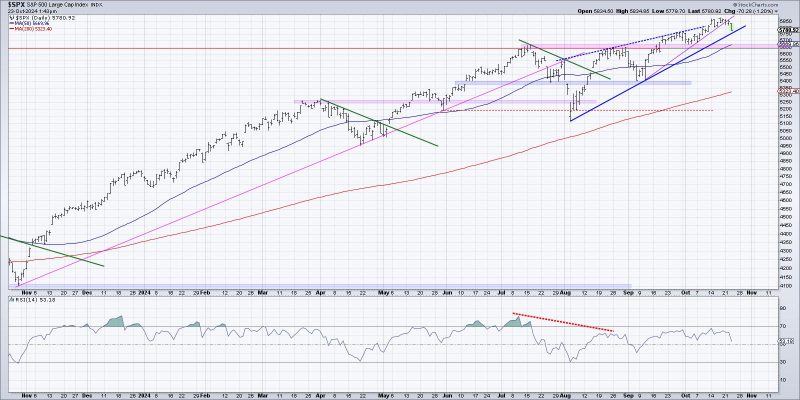Visualizing the start of a potential distribution phase in the stock market can be a valuable tool for investors seeking to make informed decisions. By analyzing historical price data and using technical indicators, traders can gain insight into market dynamics and potential shifts in trends. Here are three ways to visualize the beginning of a distribution phase:
1. **Volume Analysis:**
One key indicator of a potential distribution phase is a divergence between price movements and trading volume. During an accumulation phase, an increase in buying interest usually coincides with rising prices. However, in a distribution phase, the price may start to plateau or decline even as trading volume remains high or increases. This divergence suggests that large institutional investors may be offloading their positions, leading to a shift from accumulation to distribution.
Traders can use volume analysis tools such as on-balance volume (OBV) or volume-weighted average price (VWAP) to track changes in trading volume alongside price movements. A sudden spike in volume combined with a lack of price movement may indicate that the market is entering a distribution phase.
2. **Support and Resistance Levels:**
Another way to visualize the beginning of a distribution phase is by identifying key support and resistance levels on a price chart. During an accumulation phase, prices tend to bounce off support levels and gradually break through resistance levels as buying pressure increases. However, in a distribution phase, prices may struggle to break through resistance levels, leading to a consolidation pattern or even a downtrend.
Traders can use technical analysis tools like moving averages, Fibonacci retracement levels, and trendlines to map out potential support and resistance levels. A series of failed attempts to break through resistance levels or a breakdown below key support levels may signal the start of a distribution phase.
3. **Price Patterns:**
Price patterns can also provide valuable insights into the beginning of a distribution phase. One common pattern to watch for is the head and shoulders pattern, which consists of three peaks with the middle peak (the head) being the highest. This pattern suggests a shift from bullish to bearish sentiment, with prices likely to decline after failing to break through the previous peak.
Other patterns such as double tops, triple tops, and descending triangles can also indicate potential distribution phases in the market. Traders can combine these price patterns with volume analysis and support/resistance levels to confirm the beginning of a distribution phase and adjust their trading strategies accordingly.
In conclusion, visualizing the start of a distribution phase in the stock market requires a combination of volume analysis, support/resistance levels, and price patterns. By paying close attention to these indicators and using technical analysis tools effectively, traders can better identify market trends and make informed decisions to capitalize on potential distribution phases.

























